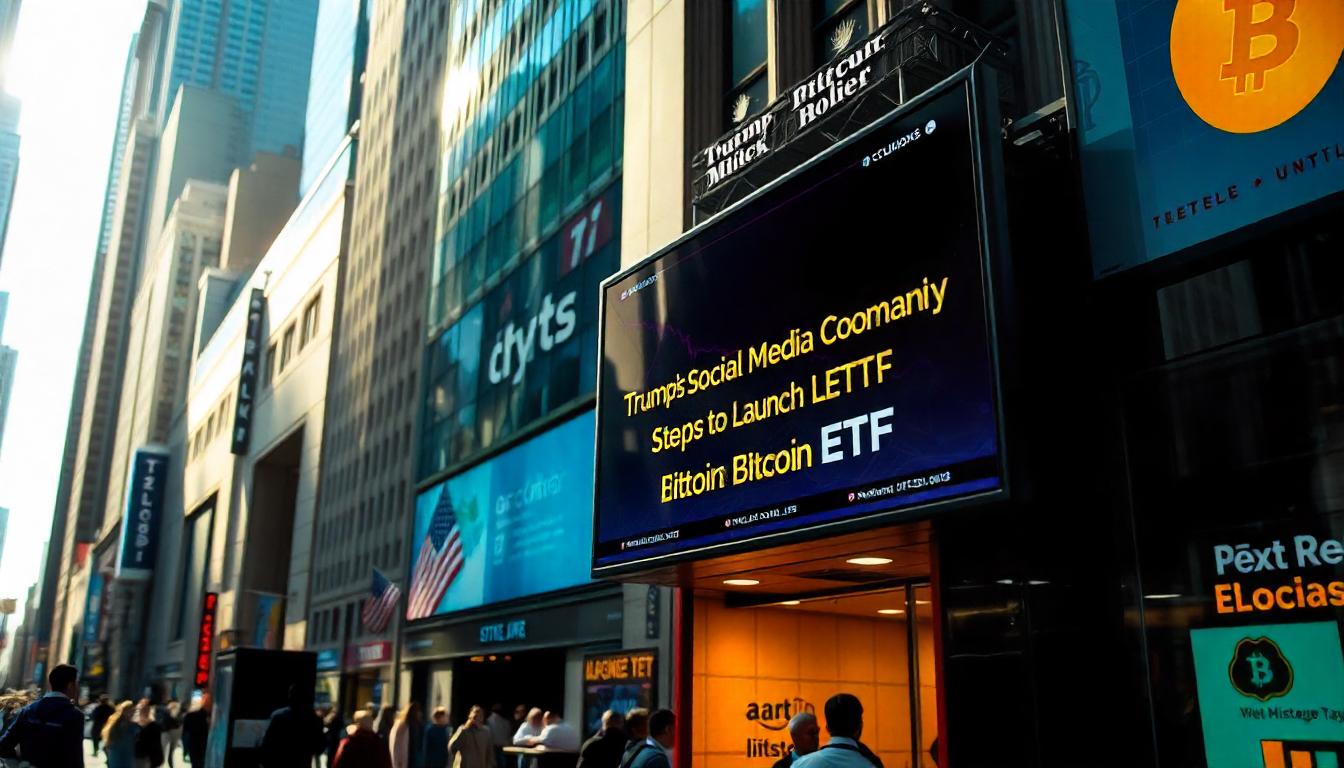Credit Spread Tightens, Offering Temporary Relief to Risk Assets
An important credit market gauge has narrowed from recent highs, fueling optimism in stocks and cryptocurrencies. However, analysts warn that the reprieve may be short-lived.
The ICE/BofA U.S. High Yield Index Option-Adjusted Spread (OAS), a key measure of credit risk that tracks the additional yield investors demand for high-yield corporate bonds over U.S. Treasuries, has declined to 3.2% from a six-month high of 3.4%. A tightening spread is generally seen as a sign of improving risk appetite, benefiting speculative assets like bitcoin (BTC) and technology stocks.
Earlier this month, the spread surged by 100 basis points amid fears that President Donald Trump’s tariff policies could weaken economic growth. During that period, both BTC and the Nasdaq experienced sharp pullbacks, with bitcoin falling below $80K.
Caution Ahead?
Despite the recent narrowing, market observers expect the spread to widen again as the economic fallout from tariffs becomes clearer. Reports from Mint and Reuters suggest that investors remain cautious about potential market turbulence.
“We believe this is the beginning of a broader credit tightening cycle and expect conditions to deteriorate further before stabilizing,” said Hans Mikkelsen, managing director of credit strategy at TD Securities, in a client note.
Technical indicators also suggest that risks remain. The spread has recently broken above a three-year descending trendline, a development that could indicate further market stress and renewed selling pressure on risk assets.





